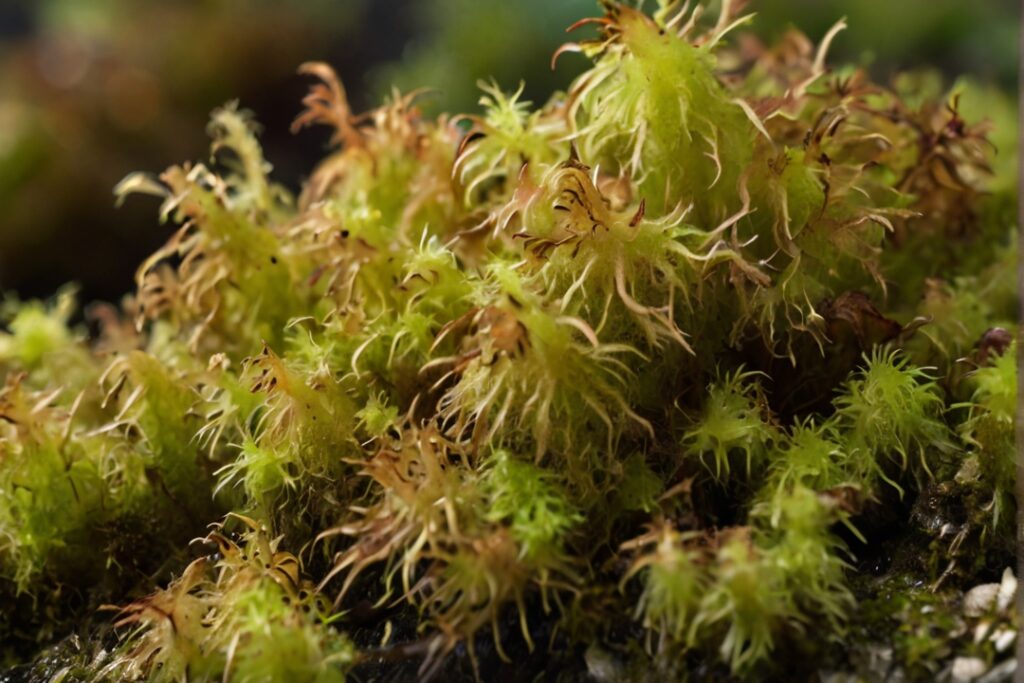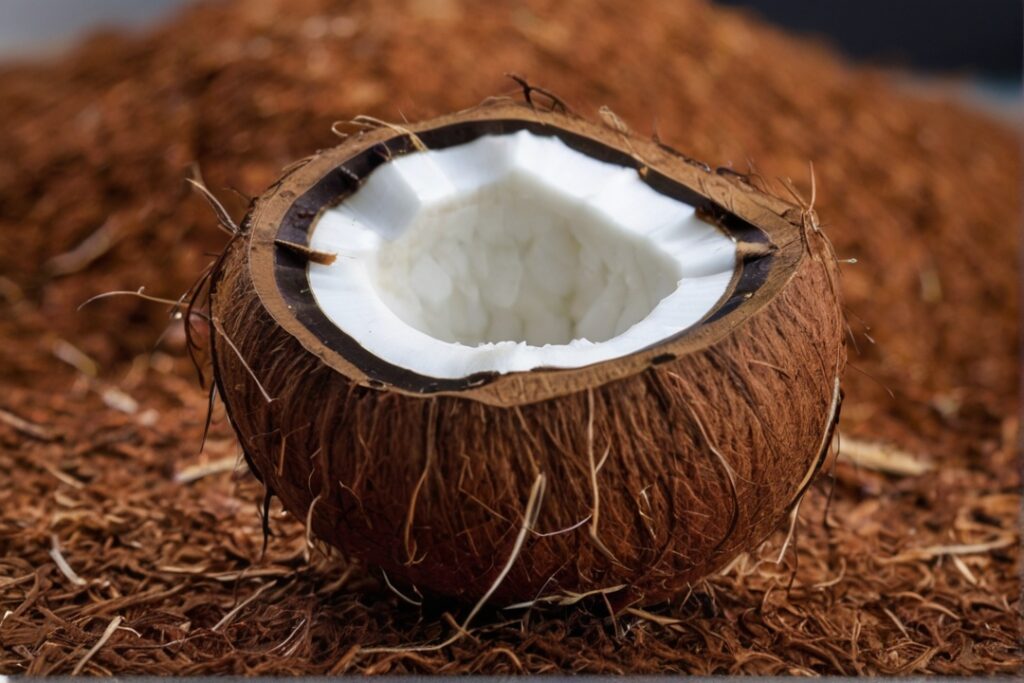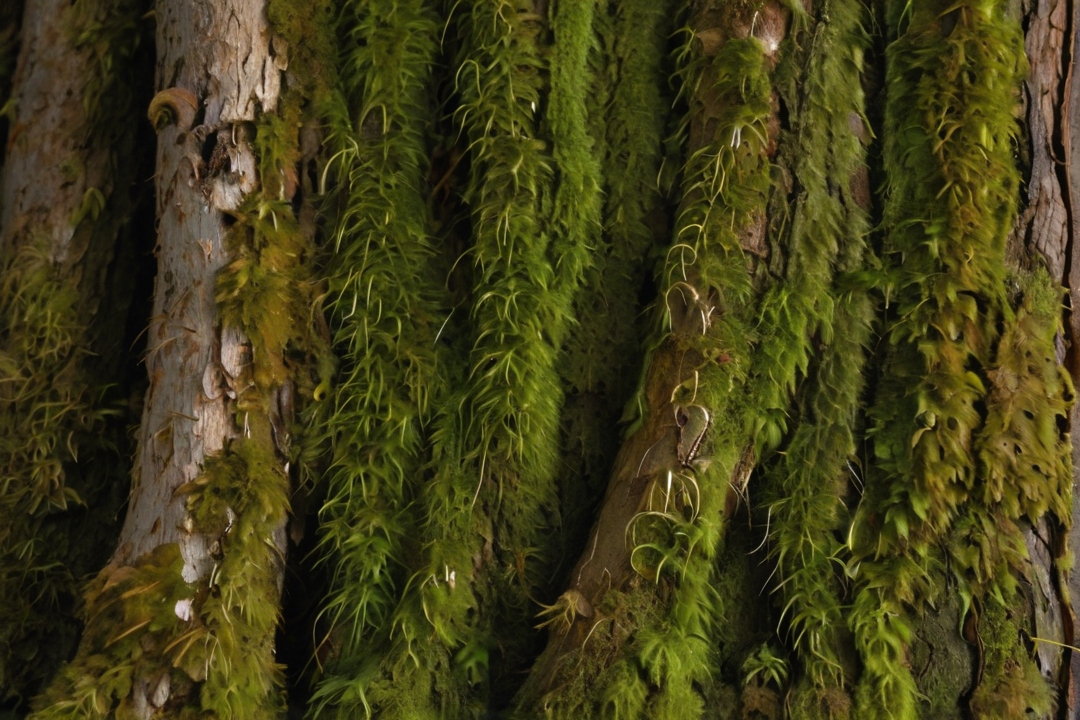Orchids are one of the most popular houseplants, known for their stunning and exotic flowers. They come in a wide variety of colors, shapes, and sizes, making them a favorite among plant enthusiasts. However, growing orchids can be a bit challenging, as they have specific requirements when it comes to their growing medium. This is where orchid moss comes in.
Orchid moss is a type of growing medium that is commonly used for orchids. It is made from various materials such as sphagnum moss, coconut coir, or bark. It provides the necessary drainage and aeration that orchids need to thrive. It also helps to retain moisture without causing the roots to become waterlogged.
Table of Content
- Benefits of Using Orchid Moss for Orchids
- How to Choose the Right Orchid Moss
- Different Types of Orchid Moss and Their Uses
- Tips for Using Orchid Moss for Healthy and Beautiful Orchids
- Orchid Moss as a Natural Fertilizer for Orchids
- Orchid Moss as a Natural Pest Control for Orchids
- Humidity: How to Maintain the Right Moisture Level
- Airflow: Why It Matters for Your Orchids
- Repotting: When and How to Use It for Best Results
- FAQs
Benefits of Using Orchid Moss for Orchids

There are several reasons why orchid moss is a popular choice for orchid growers. One of the main benefits is its ability to improve drainage and aeration. Orchids have delicate roots that can easily rot if they are constantly sitting in water. Orchid moss helps to prevent this by allowing excess water to drain away while still retaining enough moisture for the roots.
Another benefit of using orchid moss is its ability to retain moisture without causing the roots to become waterlogged. This is important because orchids are epiphytes, which means they naturally grow on trees or rocks in their native habitats. In these environments, their roots are exposed to air and receive moisture from rain or mist. Orchid moss mimics these conditions by providing adequate moisture while still allowing air to circulate around the roots.
How to Choose the Right Orchid Moss
When choosing a moss for your orchids, there are several factors to consider. The type of orchid you have and its specific growing conditions will play a role in determining the best type of orchid moss to use. Some orchids prefer a more moisture-retentive medium, while others prefer a drier medium.
It is also important to select high-quality moss. Look for moss that is clean, free of pests or diseases, and has a fresh smell. Avoid moss that is brown or has a musty odor, as this may indicate that it is old or has been improperly stored.
Different Types of Orchid Moss and Their Uses
There are several different types of orchid moss available, each with its own pros and cons.
Sphagnum Moss

Sphagnum Moss is one of the most commonly used types of orchid moss. It is known for its excellent moisture retention and ability to provide good aeration. However, it can break down over time and become compacted, which can lead to poor drainage.
Coconut Coir

Coconut Coir is another popular choice for orchid growers. It is made from the husks of coconuts and is known for its excellent water retention and ability to provide good aeration. Coconut coir also breaks down more slowly than sphagnum moss, making it a long-lasting option.
Bark

is another type of orchid moss that is commonly used. It provides good drainage and aeration, but it does not retain moisture as well as sphagnum moss or coconut coir. Bark is often used for orchids that prefer a drier growing medium.
Tips for Using Orchid Moss for Healthy and Beautiful Orchids
When using orchid moss for your orchids, there are several practical tips to keep in mind. First, it is important to prepare the moss before using it. This can be done by soaking it in water until it becomes fully hydrated. Once hydrated, squeeze out any excess water before placing the moss in the pot.
It is also important to avoid common mistakes when using orchid moss. One common mistake is overwatering. While moss retains moisture, it is still important to allow the roots to dry out between waterings. Overwatering can lead to root rot and other problems. Another common mistake is not providing enough airflow around the roots. Orchid moss should be loosely packed in the pot to allow air to circulate.
Orchid Moss as a Natural Fertilizer for Orchids
Orchid moss can also act as a natural fertilizer for orchids. As the moss breaks down over time, it releases nutrients that can be absorbed by the roots. This can help promote healthy growth and flowering in orchids.
Using orchid moss as a fertilizer has several benefits. First, it is a natural and organic option, which is preferred by many growers. It also provides a slow-release source of nutrients, which means that the orchids are not overwhelmed with a sudden influx of nutrients. This can help prevent fertilizer burn and other problems.
To apply orchid moss as a fertilizer, simply sprinkle a thin layer on top of the growing medium or mix it into the potting mix. Be sure to monitor the condition of your orchids and adjust the amount of moss used accordingly.
Orchid Moss as a Natural Pest Control for Orchids
In addition to its use as a growing medium and fertilizer, orchid moss can also help control orchid pests. The moisture-retentive properties of orchid moss can create a less favorable environment for pests such as fungus gnats and mealybugs.
To use orchid moss as a natural pest control, place a layer of moss on top of the growing medium or mix it into the potting mix. This can help deter pests from laying eggs in the soil or crawling up the plant.
Humidity: How to Maintain the Right Moisture Level
One of the key benefits of using orchid moss is its ability to help maintain the proper moisture level for orchids. Orchids require a specific humidity level to thrive; orchid moss can help regulate this.
To maintain the proper moisture level, it is essential to water your orchids properly. This means allowing the roots to dry out between waterings and avoiding overwatering. Orchid moss can help with this by providing good drainage and aeration.
Airflow: Why It Matters for Your Orchids
Airflow is another crucial factor for orchids, as it helps prevent mold and bacteria growth. Orchid moss can help improve airflow around the roots by providing good drainage and aeration.
To promote healthy airflow, it is essential to use orchid moss that is loose and not compacted. This allows air to circulate freely around the roots. It is also important to avoid overwatering, which can lead to stagnant air and poor airflow.
Repotting: When and How to Use It for Best Results
Finally, orchid moss can be used during repotting to promote healthy growth and prevent transplant shock. When repotting your orchids, choosing a growing medium that suits their needs is essential.
To use orchid moss during repotting, place a layer at the bottom of the pot before adding the potting mix. This can help provide additional drainage and aeration for the roots.
In conclusion, orchid moss is a popular choice for orchid growers due to its ability to improve drainage and aeration, retain moisture without causing waterlogging, act as a natural fertilizer and pest control, regulate humidity, promote airflow, and aid in repotting. By choosing the right type of orchid moss for your specific orchid and its growing conditions, preparing it properly before use, avoiding common mistakes, and using it effectively, you can ensure healthy and beautiful orchids. So, to grow orchids successfully, consider using orchid moss as your growing medium.
FAQs
Is orchid moss different from regular moss?
Yes, orchid moss, or sphagnum moss, differs from other moss types. It has unique characteristics that make it particularly suitable for orchid cultivation, such as its ability to hold moisture without becoming waterlogged.
How do I prepare orchid moss for use?
Before using it, it’s recommended to soak it in water until it becomes fully hydrated. Squeeze out any excess water before using it for potting orchids.
How often should I water orchids potted in moss?
Watering frequency will depend on humidity levels, temperature, and the orchid species. Generally, orchids potted in moss should be watered when the top layer feels slightly dry.
Can orchid moss be reused?
Yes, it can be reused for multiple potting cycles. After removing an orchid from its pot, gently shake out the old moss, rinse it thoroughly to remove any debris or fertilizer salts, and rehydrate it before using it again.
Is orchid moss suitable for all types of orchids?
While orchid moss is suitable for many orchid species, it may only be ideal for some types. Some orchids, particularly those with fine roots or prefer a drier environment, may not thrive in moss-based media.
How do I know if my orchid needs repotting?
Signs that an orchid may need repotting include crowded roots, a decline in growth or flowering, or the presence of decomposed or foul-smelling potting medium. Repotting is typically done every 1-2 years or when the orchid outgrows its pot.
Can orchid moss attract pests or diseases?
While it is relatively resistant to pests and diseases, it can harbor them if it becomes excessively wet or contaminated by infected plants. Proper watering practices and regular inspection can help prevent pest and disease issues.

